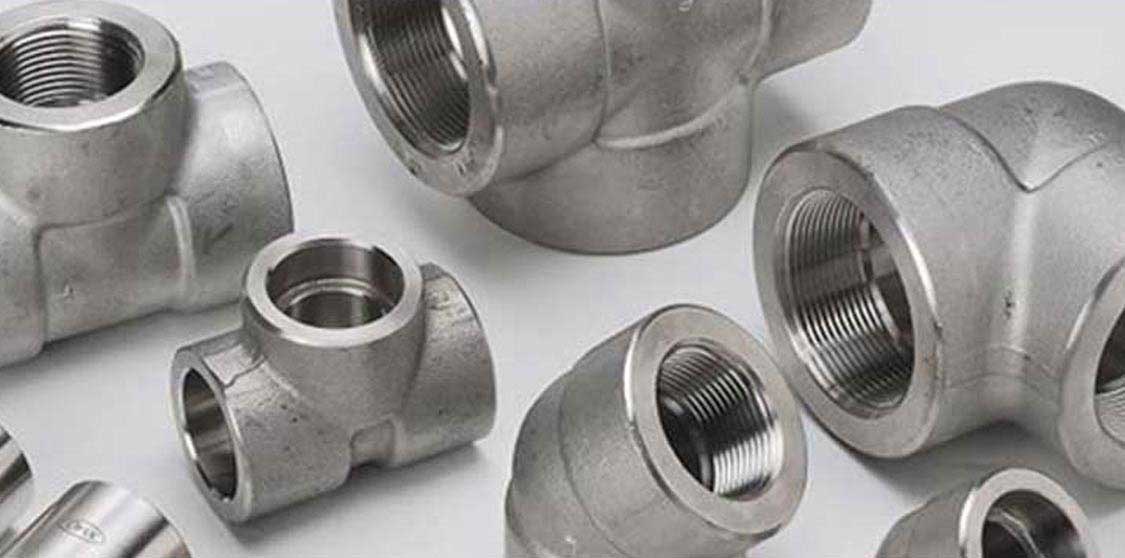Introduction:
UNS N10276 Forged Fittings, known for their exceptional corrosion resistance and high-temperature performance, require careful installation and regular maintenance to ensure optimal performance and longevity. Implementing best practices during installation and maintenance is crucial for maximizing the benefits of these fittings in critical systems.
Proper Handling and Storage:
Before installation, handling UNS N10276 Forged Fittings with care is essential to avoid damage. Fittings should be stored in a clean and dry environment, away from direct sunlight and potential contaminants. Additionally, proper labeling should be maintained to ensure easy identification and traceability.
Thorough Inspection Before Installation:
Before installation, thoroughly inspect UNS N10276 Forged Fittings to identify any visible defects, damage, or irregularities. Check for proper dimensions, surface finish, and overall quality. Any discrepancies should be addressed before installation to avoid complications later.
Adherence to Industry Standards:
Ensure that the installation process complies with relevant industry standards, specifications, and recommended practices. Following established guidelines is critical for properly integrating UNS N10276 Forged Fittings into different systems. This includes considering torque values, tightening procedures, and alignment.
Proper Torque Application:
During installation, pay careful attention to torque application. Utilize calibrated torque wrenches to achieve the recommended torque values specified by the manufacturer. Proper torque ensures the fittings are securely fastened, minimizing the risk of leaks and ensuring the system's integrity.
Use of Compatible Materials:
When installing UNS N10276 Forged Fittings, ensure that accompanying materials, such as gaskets and fasteners, are compatible with Hastelloy C276 alloy. Using materials with similar corrosion resistance properties avoids the risk of galvanic corrosion and enhances the overall performance of the fittings.
Employing Skilled Personnel:
Installation of Hastelloy C276 Forged Fittings should be carried out by skilled and trained personnel familiar with the specific characteristics of Hastelloy C276—knowledge of proper handling, welding techniques, and adherence to safety protocols.
Welding Best Practices:
When welding UNS N10276 Forged Fittings, employ welding procedures and techniques that minimize the risk of thermal stresses and distortion. Use qualified welders and ensure proper pre-weld and post-weld heat treatments as industry standards recommend.
Regular Inspection and Maintenance:
Implement a routine system inspection and maintenance schedule incorporating UNS N10276 Forged Fittings. Regular checks can help identify potential issues such as corrosion, erosion, or wear. Addressing these concerns can prevent system failures and extend the lifespan of the fittings.
Non-Destructive Testing (NDT):
Incorporate non-destructive testing methods, such as ultrasonic testing, radiographic testing, or dye penetrant testing, to assess the integrity of UNS N10276 Forged Fittings. Periodic NDT helps identify hidden defects that may not be visible during routine inspections.
Corrosion Prevention Measures:
Implement corrosion prevention measures to enhance the longevity of UNS N10276 Forged Fittings. Include applying suitable coatings, corrosion inhibitors, or cathodic protection methods, especially in environments prone to aggressive corrosion.
Documentation and Record Keeping:
Maintain comprehensive documentation and records related to the installation, inspection, and maintenance of UNS N10276 Forged Fittings. This information is a valuable reference for future assessments, troubleshooting, and compliance with regulatory requirements.
Training and Awareness Programs:
Conduct training and awareness programs for personnel involved in installing and maintaining UNS N10276 Forged Fittings. Continuous education ensures that teams are updated on the latest best practices, safety measures, and technological advancements.
Conclusion:
Adhering to best practices during the installation and maintenance of UNS N10276 Forged Fittings is paramount for ensuring critical systems' reliability, safety, and longevity. From proper handling and inspection before installation to employing skilled personnel, utilizing compatible materials, and implementing regular inspections, each step contributes to the integrity of the fittings and the systems they serve. By following these best practices, industries can maximize the benefits of UNS N10276 Forged Fittings in their operations while minimizing the risk of issues that could compromise system performance.


No comments yet